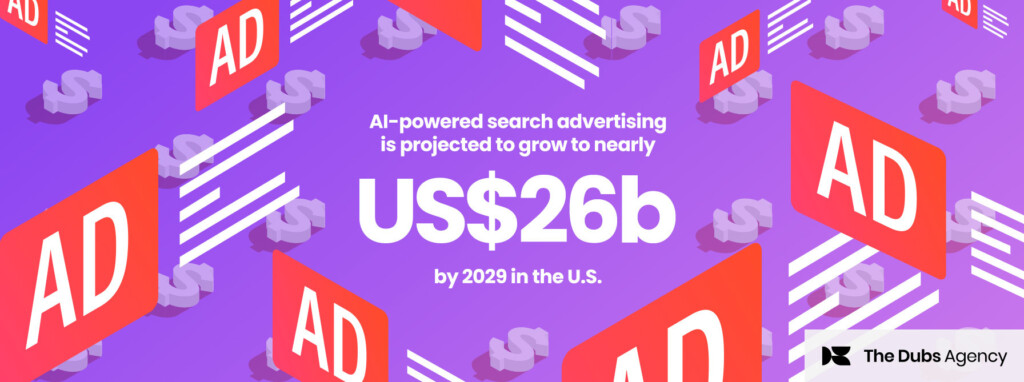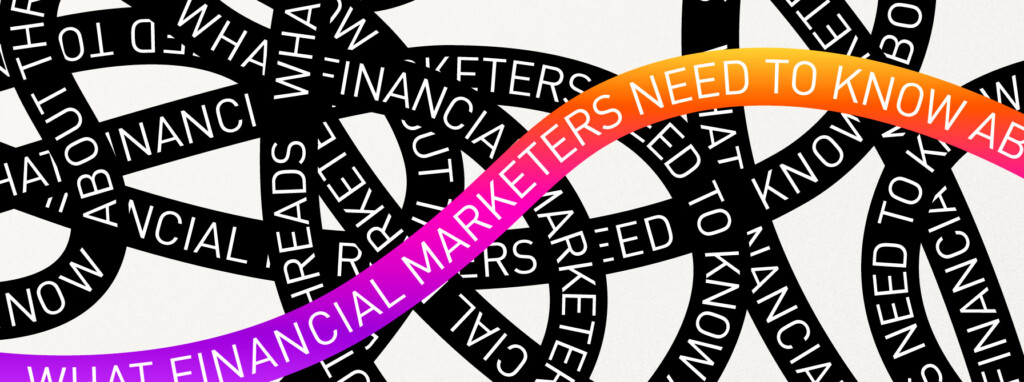A paid, earned or owned media strategy are all great ways of nurturing leads and converting clients, but they all achieve different objectives. Creating a great overall marketing strategy is all about striking the right balance. Ensuring your finance brand achieves its long-term goals as well as its short-term ones, can be difficult. We spoke to The Dubs’ Social Media Strategist, Tara Cimino, to get her thoughts about how finance brands can achieve a perfect balance.
Benefits of each media strategy and when to use them
A paid, earned and owned media strategy balances three key marketing objectives: brand awareness, lead generation, and client acquisition and retention. Each strategy works together to ensure your finance brand has a winning shot at not only nurturing and converting clients but also retaining them.
Tara Cimino, Social Media Strategist at The Dubs, notes, “The benefits are endless when it comes to finance brands using paid, earned and owned media.” She explains, “Being seen as a thought leader in the industry will strengthen existing relationships and create new ones, reaching new audiences such as Gen Z, building brand awareness and developing community trust. All of these are key elements to building a social media presence as a finance brand.”
“ “The benefits are endless when it comes to finance brands using paid, earned and owned media.” – Tara Cimino, Social Media Strategist at The Dubs.”
But what are the differences between the three?
- Paid media strategy – This is a marketing strategy that involves advertising your finance brand via paid placements, such as pay-per-click (PPC) or social media advertising. The benefits of a paid media strategy is that it can be scaled quickly and easily.
- Earned media strategy – This is a marketing strategy that involves gaining engagement or promotion through organic means. The benefits of an earned media strategy are that it continues to improve brand awareness, gain leads and convert clients even when your paid media strategy is over.
- Owned media strategy – This is a marketing strategy that involves any content that’s created and distributed via channels your finance brand owns, like social media or your blog. The benefits of an owned media strategy is that your finance brand has full control over the content that’s produced, helping you to create tailored messages that are targeted at specific audiences. In the same way, an owned media strategy lets you respond to events as they happen, helping your content remain timely and useful.
How to get it right
Identifying both your short-term and long-term objectives is critical to finding the right balance. Ensuring you find an equilibrium between long-term brand building and short-term activation will enable your finance brand to create a sustainable marketing strategy that’s successful in generating, nurturing and converting leads. Overall, paid media strategies are overall more effective when supported by both owned and earned marketing campaigns.
“Finance brands can strike a balance between paid, earned and owned media by utilising all areas equally over a period of time.” asserts Tara. “Paid media will reach a large audience quickly, encouraging brand awareness on a larger scale. Earned media comes from recommendations, building credibility and trust which can help reach multiple potential customers. Finally, owned media allows brands to directly control their branding and messaging.”
How to measure the effectiveness of your media strategy
An important part of any marketing strategy is ensuring you are measuring it correctly to identify what’s working and what’s not. There are several things your finance brand can implement and analyse to understand if you’ve achieved a good balance between all three media strategies.
As Tara says, “Measurement of granular data and KPIs, analysis and goal attribution are key to achieving an ideal balance for finance brands.”
Paid media can retarget audiences, it’s easy to measure, and when used in conjunction with earned and owned media, can be more successful.”
Overall, striking the right balance between all three strategies can be difficult, but once achieved can make a huge difference in your overall marketing success.









